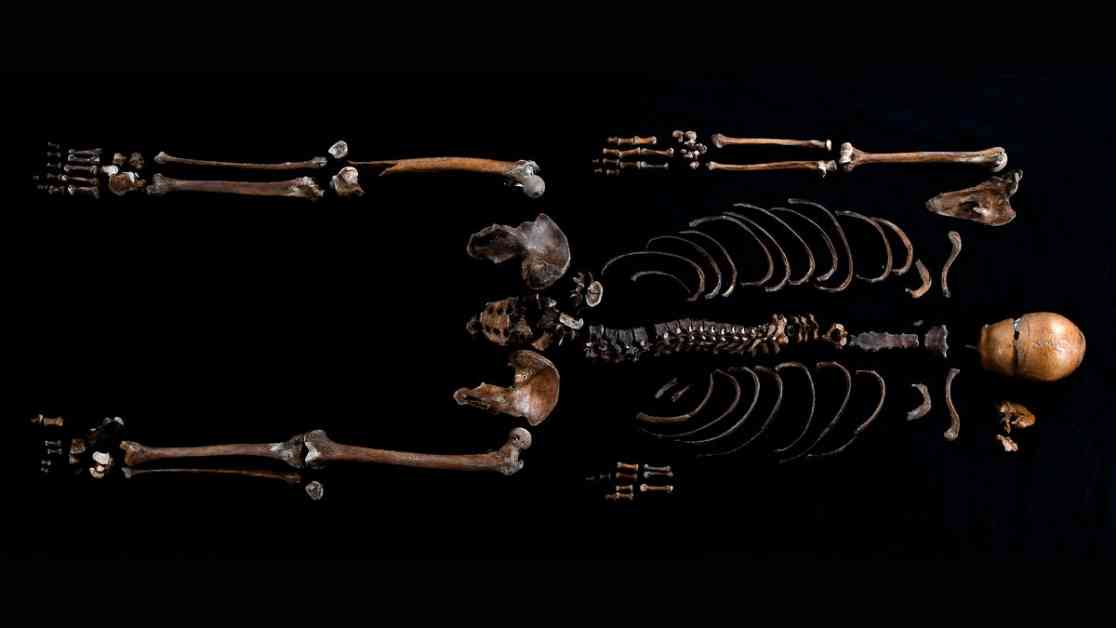A recent scientific study of human remains found in a medieval well in central Norway supports a historical account from an 800-year-old Norse saga. The remains of a man were discovered in a Norwegian castle well in 1938, and a new analysis using radiocarbon dating and DNA testing suggests that he died in 1197 during an attack on the castle of Norwegian king Sverre Sigurdsson near Trondheim.
The events described in the saga, “Sverris Saga,” written to glorify Norse kings between the 12th and 14th centuries, recount how the dead man was thrown into the well during a Bagler attack to poison the water for King Sverre and his defenders. This new study marks the earliest use of genomic approaches in Norse sagas, shedding light on the man’s origins in southern Norway, challenging previous assumptions.
Although the saga may contain elements of propaganda rather than strictly historical facts, the findings of this study align with the events described. The genetic analysis suggests that the man likely had blue eyes, blond or light-brown hair, and ancestral ties to the southern Agder region. However, the man’s affiliation with the Birkebeiner or Bagler army remains uncertain due to the region’s historical ties to both factions.
This study highlights the intersection of archaeological evidence and medieval literature, offering new insights into the historical context of the Norse sagas. By combining scientific analysis with ancient texts, researchers are able to piece together the puzzle of medieval events and characters, providing a deeper understanding of Norway’s royal history and the legends that have shaped its culture.










